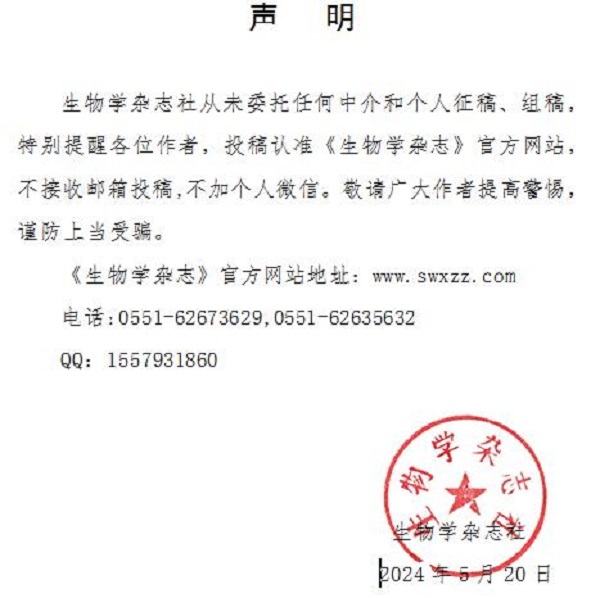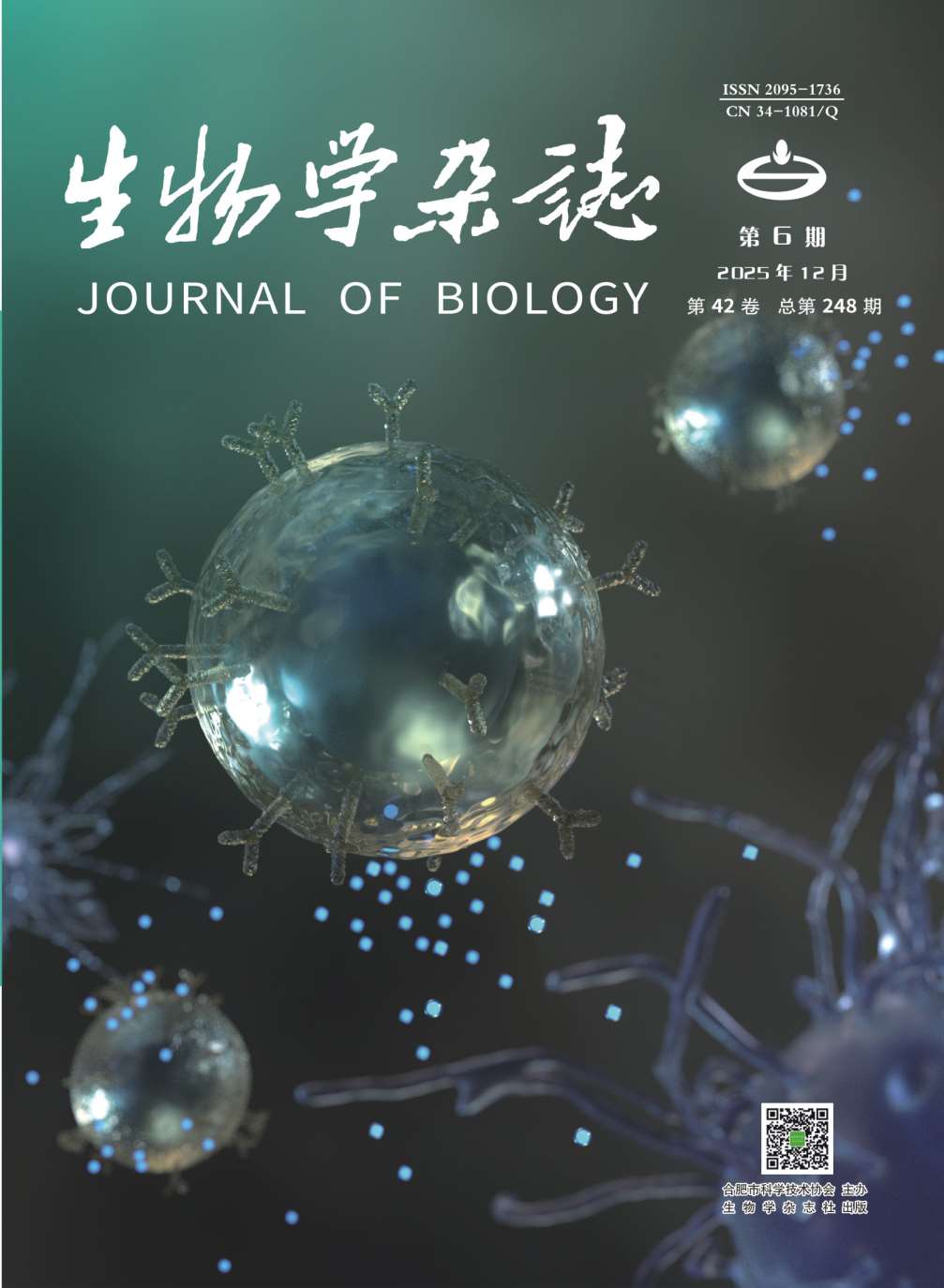|
|
Effect of Polygonatum sibiricum polysaccharides on expression of Netrin-1/DCC in medial prefrontal cortex of depressed mice
QIN Kanghong, CHENG Ping, WANG Bin, ZHU Guoqi, YANG Shaojie
2025, 42 (6):
62.
doi: 10.3969/j.issn.2095-1736.2025.06.062
This study aimed to investigate the mechanism by whichPolygonatum sibiricumpolysaccharides (PSP) modulate depression-like behaviors via the
Netrin-1/DCC pathway in the medial prefrontal cortex (mPFC). After
establishing the learned helplessness (LH) and chronic unpredictable
mild stress (CUMS) depression models, PSP (400 mg/kg) was administered
continuously for 14 days. The depressive-like behaviors of the mice were
evaluated using the open field test, tail suspension test, and forced
swimming test. Western blot analysis was performed to detect the
Netrin-1/DCC signaling pathway in the medial prefrontal cortex of mice,
as well as the expression levels of GFAP, NF-κB, IL-1β, GluN2A, GluN2B,
and PSD95. The results indicated that, compared to the control group,
the model group of mice exhibited increased immobility time in both the
tail suspension and forced swimming tests. Administration of PSP reduced
depression-like behaviors in model mice. Concurrently, in the mPFC of
the model group mice, the expression levels of Netrin-1/DCC, GFAP,
NF-κB, and IL-1β, which were associated with inflammatory responses, as
well as GluN2A and GluN2B related to synaptic function, were elevated,
while the expression level of PSD95 was reduced. PSP was found to
inhibit the activation of Netrin-1/DCC, downregulate GFAP, NF-κB, IL-1β,
GluN2A, and GluN2B, and upregulate PSD95 expression. The study
indicated that the Netrin-1/DCC signaling pathway was abnormally
activated during the onset of depression, and that PSP might exert its
antidepressant effects by inhibiting this pathway, thereby regulating
synaptic function and inflammatory responses. This process might be a
crucial mechanism through which PSP improves depressive symptoms.
Related Articles |
Metrics
|





